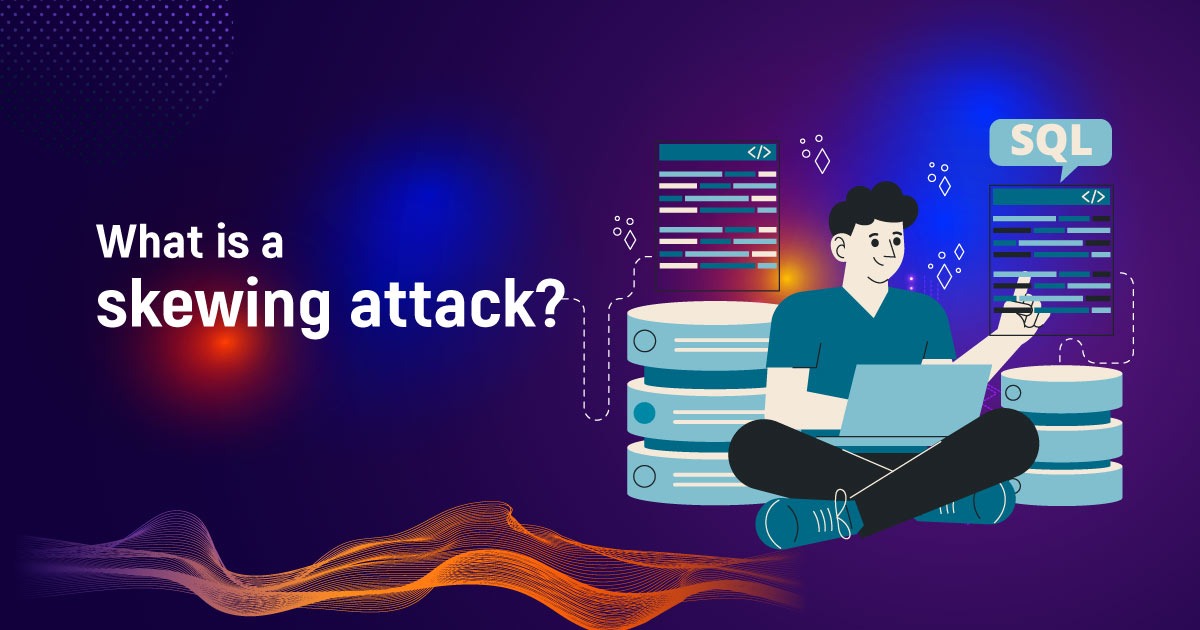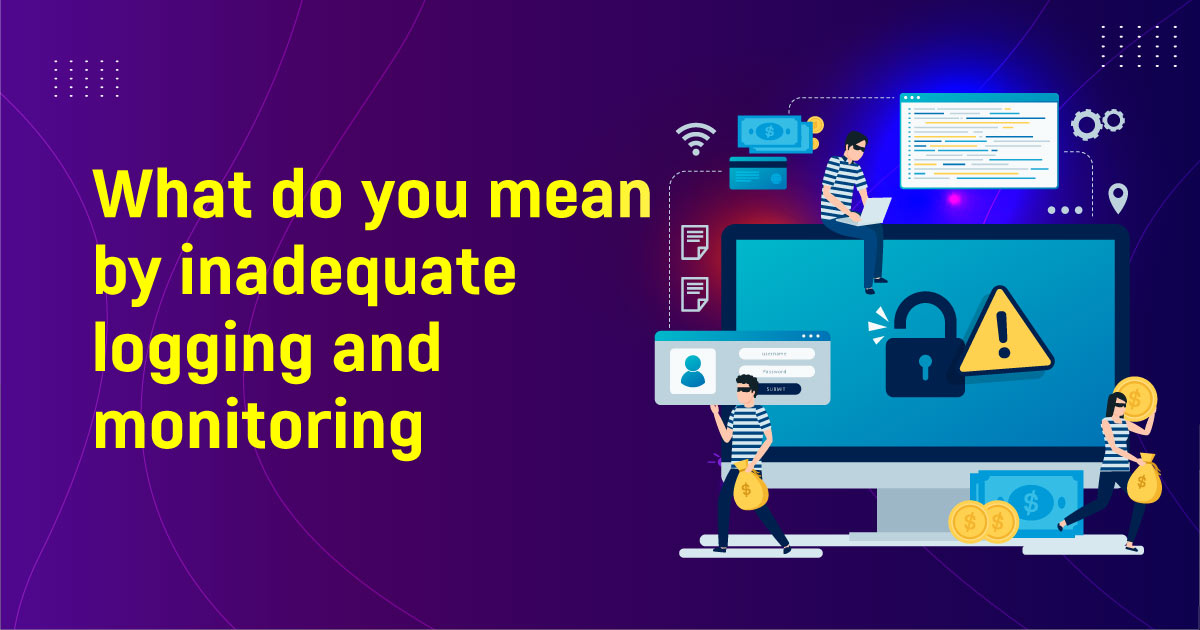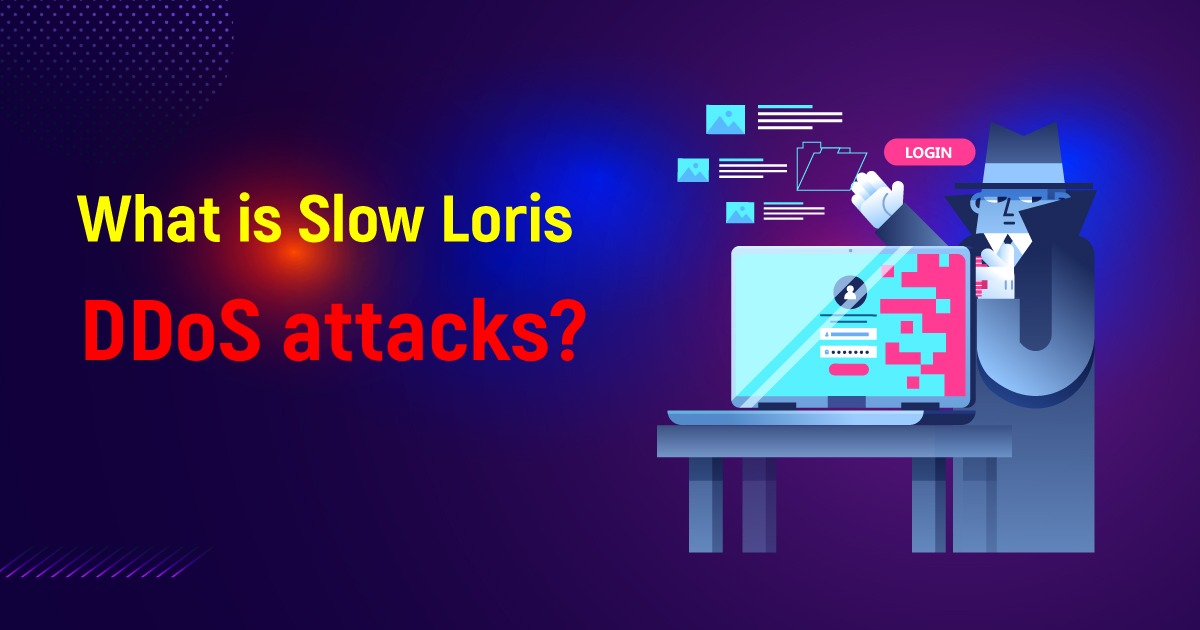Skewing is an OWASP identified automated threat that is commonly used by attackers to bypass security measures and gain unauthorized access to web applications. This threat involves altering the parameters of a web application’s input fields in order to bypass validation checks and gain access to sensitive information. In this article, we will discuss the concept of skewing and its various aspects.
What is Skewing?
Skewing is a type of threat that involves manipulating input fields in order to bypass validation checks and gain unauthorized access to web applications. This can be done by altering the values of input fields such as usernames, passwords, and other sensitive data. Skewing can also involve manipulating HTTP requests and responses to modify the behavior of the web application.
Types of Skewing Attacks
Several types of skewing attacks that attackers can use to compromise web applications include :
SQL Injection:
This involves injecting SQL code into input fields to bypass authentication and gain access to sensitive data.
Cross-Site Scripting (XSS):
This involves injecting malicious scripts into input fields to execute unauthorized actions on the victim’s browser.
Session Hijacking:
This involves stealing a user’s session token and using it to gain unauthorized access to the web application.
Data Poisoning:
This involves attackers intentionally injecting misleading or false data into a system to manipulate the results of machine learning algorithms. These attacks can have serious consequences, such as causing incorrect decisions, skewing analytics, and compromising the overall accuracy of a system. Attackers can achieve data poisoning skewing attacks through several methods, including injecting a large amount of misleading data, altering existing data, or manipulating data sources.
Web Analytics Skewing:
This attack aims to manipulate website metrics by generating fake or misleading traffic to a website. Attackers achieve this by using bots or other automated tools to create fake visits, clicks, and interactions on a website. The goal of these attacks is to artificially inflate website metrics such as page views, bounce rates, and session durations, making it difficult for website owners to accurately measure the performance of their website. Such attacks can have several negative impacts, such as skewing advertising and marketing metrics, leading to incorrect decision-making, and compromising the integrity of data collected.
How to prevent Skewing Attacks?

Several measures that organizations can take to prevent skewing attacks and protect their web applications include :
Input Validation:
Proper input validation checks should be implemented in order to prevent attackers from manipulating input fields.
Authentication and Authorization:
Strong authentication and authorization measures should be in place to prevent unauthorized access to sensitive data.
Session Management:
Effective session management practices should be implemented to prevent session hijacking attacks.
Regular Security Audits:
Regular security audits should be conducted to identify and address vulnerabilities in the web application.
Conclusion
Skewing is a common threat that can cause significant damage to web applications and compromise sensitive data. By implementing effective measures such as input validation, authentication and authorization, session management, and regular security audits, organizations can help prevent skewing attacks and protect their web applications from cyber attacks. It is important for organizations to be proactive in their approach to cybersecurity, as such attacks continue to evolve and grow.









